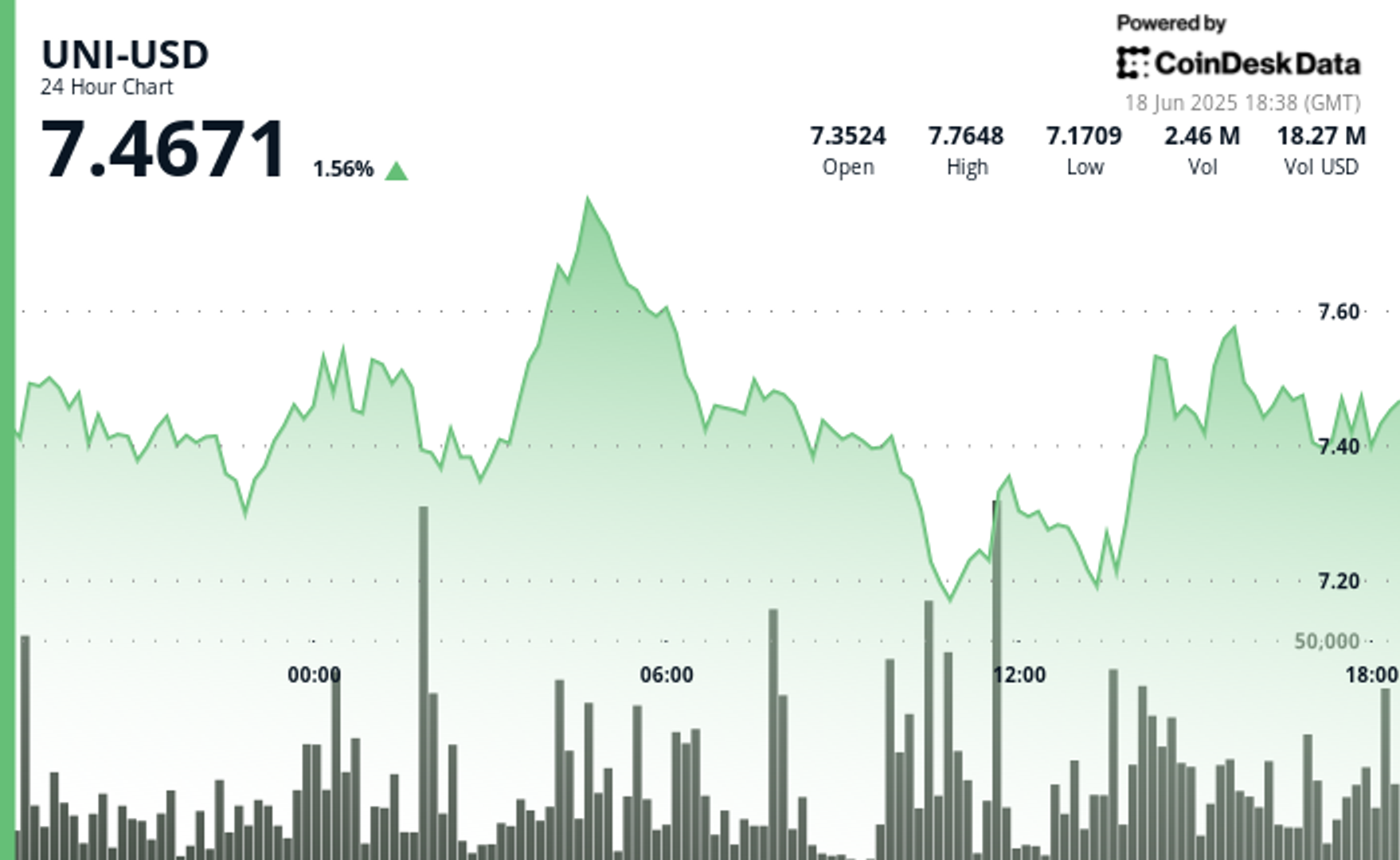
Project G-Assist — available through the NVIDIA App — is an experimental AI assistant that helps tune, control and optimize NVIDIA GeForce RTX systems.
NVIDIA’s Plug and Play: Project G-Assist Plug-In Hackathon — running virtually through Wednesday, July 16 — invites the community to explore AI and build custom G-Assist plug-ins for a chance to win prizes and be featured on NVIDIA social media channels.
G-Assist allows users to control their RTX GPU and other system settings using natural language, thanks to a small language model that runs on device. It can be used from the NVIDIA Overlay in the NVIDIA App without needing to tab out or switch programs. Users can expand its capabilities via plug-ins and even connect it to agentic frameworks such as Langflow.
Below, find popular G-Assist plug-ins, hackathon details and tips to get started.
Plug-In and Win
Join the hackathon by registering and checking out the curated technical resources.
G-Assist plug-ins can be built in several ways, including with Python for rapid development, with C++ for performance-critical apps and with custom system interactions for hardware and operating system automation.
For those that prefer vibe coding, the G-Assist Plug-In Builder — a ChatGPT-based app that allows no-code or low-code development with natural language commands — makes it easy for enthusiasts to start creating plug-ins.
To submit an entry, participants must provide a GitHub repository, including source code file (plugin.py), requirements.txt, manifest.json, config.json (if applicable), a plug-in executable file and READme code.
Then, submit a video — between 30 seconds and two minutes — showcasing the plug-in in action.
Finally, hackathoners must promote their plug-in using #AIonRTXHackathon on a social media channel: Instagram, TikTok or X. Submit projects via this form by Wednesday, July 16.
Judges will assess plug-ins based on three main criteria: 1) innovation and creativity, 2) technical execution and integration, reviewing technical depth, G-Assist integration and scalability, and 3) usability and community impact, aka how easy it is to use the plug-in.
Winners will be selected on Wednesday, Aug. 20. First place will receive a GeForce RTX 5090 laptop, second place a GeForce RTX 5080 GPU and third a GeForce RTX 5070 GPU. These top three will also be featured on NVIDIA’s social media channels, get the opportunity to meet the NVIDIA G-Assist team and earn an NVIDIA Deep Learning Institute self-paced course credit.
Project G-Assist requires a GeForce RTX 50, 40 or 30 Series Desktop GPU with at least 12GB of VRAM, Windows 11 or 10 operating system, a compatible CPU (Intel Pentium G Series, Core i3, i5, i7 or higher; AMD FX, Ryzen 3, 5, 7, 9, Threadripper or higher), specific disk space requirements and a recent GeForce Game Ready Driver or NVIDIA Studio Driver.
Plug-In(spiration)
Explore open-source plug-in samples available on GitHub, which showcase the diverse ways on-device AI can enhance PC and gaming workflows.
Popular plug-ins include:
- Google Gemini: Enables search-based queries using Google Search integration and large language model-based queries using Gemini capabilities in real time without needing to switch programs from the convenience of the NVIDIA App Overlay.
- Discord: Enables users to easily share game highlights or messages directly to Discord servers without disrupting gameplay.
- IFTTT: Lets users create automations across hundreds of compatible endpoints to trigger IoT routines — such as adjusting room lights and smart shades, or pushing the latest gaming news to a mobile device.
- Spotify: Lets users control Spotify using simple voice commands or the G-Assist interface to play favorite tracks and manage playlists.
- Twitch: Checks if any Twitch streamer is currently live and can access detailed stream information such as titles, games, view counts and more.
Get G-Assist(ance)
Join the NVIDIA Developer Discord channel to collaborate, share creations and gain support from fellow AI enthusiasts and NVIDIA staff.
Save the date for NVIDIA’s How to Build a G-Assist Plug-In webinar on Wednesday, July 9, from 10-11 a.m. PT, to learn more about Project G-Assist capabilities, discover the fundamentals of building, testing and deploying Project G-Assist plug-ins, and participate in a live Q&A session.
Explore NVIDIA’s GitHub repository, which provides everything needed to get started developing with G-Assist, including sample plug-ins, step-by-step instructions and documentation for building custom functionalities.
Learn more about the ChatGPT Plug-In Builder to transform ideas into functional G-Assist plug-ins with minimal coding. The tool uses OpenAI’s custom GPT builder to generate plug-in code and streamline the development process.
NVIDIA’s technical blog walks through the architecture of a G-Assist plug-in, using a Twitch integration as an example. Discover how plug-ins work, how they communicate with G-Assist and how to build them from scratch.
Each week, the RTX AI Garage blog series features community-driven AI innovations and content for those looking to learn more about NVIDIA NIM microservices and AI Blueprints, as well as building AI agents, creative workflows, digital humans, productivity apps and more on AI PCs and workstations.
Plug in to NVIDIA AI PC on Facebook, Instagram, TikTok and X — and stay informed by subscribing to the RTX AI PC newsletter.
Follow NVIDIA Workstation on LinkedIn and X.
See notice regarding software product information.






